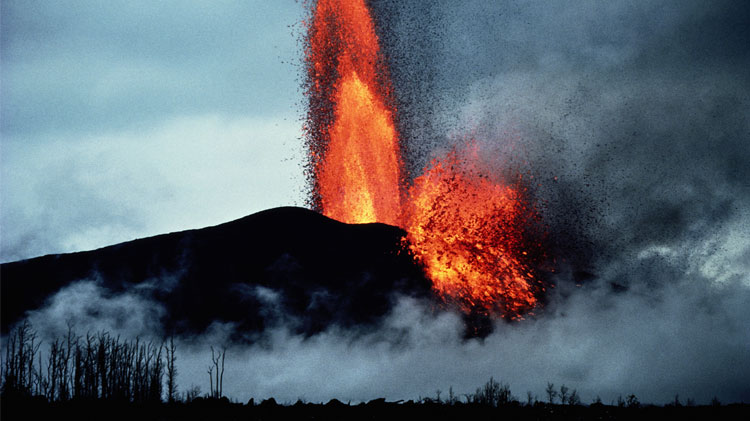Understanding landslides and mudslides
Learn about the different characteristics between landslides and mudslides and what can be done to help try to prevent them.
Below we explain the differences between landslides and mudslides, landslide triggers and the different types of landslides. We also share some tips to help prevent future damage.
What is a landslide and how are mudslides related?
A landslide, broadly defined, is the movement of rock, soil and debris down a slope. This occurrence can devastate areas, causing significant property damage, injury or even loss of life. Mudslides, a specific type of landslide, arise when a flow of mud moves down slopes, particularly after heavy rains. The primary difference lies in the material involved — landslides can be a mixture of larger debris and dirt, while mudslides are saturated soil and fine sediment.
What causes landslides and how are triggers different?
Identifying what causes landslides is important for understanding and mitigating the risk. Generally, factors contributing to landslides include heavy rainfall, earthquakes, volcanic activity, erosion, poor land management and construction activities. Triggers are specific events that set off a landslide, such as intense rainfall that saturates the soil, reducing its stability and increasing its weight, eventually leading to a slide. Human activity, like deforestation and improper excavation, can also play a significant role in contributing to landslides by destabilizing slopes.
Types of landslides – a closer look
There are many types of landslides, each with distinct characteristics. For example:
- Rockfalls involve the free-fall of rock from a steep slope.
- Rotational slides see soil or rock move along a concave-upward surface.
- Mudslides are particularly fluid and can rapidly cover large areas.
- Debris flows include a mixture of water, soil and fragmented rock.
Awareness of the types of landslides helps to understand specific risks and tailor prevention strategies appropriately.
How to help prevent landslides and implement safeguards
Prevention of landslides is a multifaceted challenge that involves both natural and human-made strategies. To learn how to help prevent landslides, consider activities such as planting vegetation to stabilize slopes, building retaining walls and using proper drainage systems to reduce water accumulation. Controlled use of land, particularly avoiding construction on vulnerable areas, and monitoring terrain for early warning signs can help prevent disaster. Consulting with geological experts to assess and manage landslide-prone areas is essential in planning and prevention efforts.
Landslide warning signs
- Foundations, brick, tile and plaster start to show new cracks.
- Windows and doors begin to stick and jam.
- Walkways, stairs and outside walls begin to pull away from the building.
- Water starts to break through the ground.
- Vertical items like fences, walls and utility poles begin to tilt.
- Paved areas and ground start to show widening cracks.
- Utility lines break.
- Slopes may show bulging ground at the base.
- Rumbling sound begins as the landslide moves closer.
As we strive to reduce the impact and frequency of landslides, awareness and education remain key components. Understanding the risks associated with landslides and mudslides, recognizing the triggers and implementing effective prevention strategies may help save lives and properties.
Personally, you can be better prepared by completing a home inventory and having an emergency kit ready.
If you have coverage questions, a State Farm® agent is available to help.




